Last updated on January 12, 2024
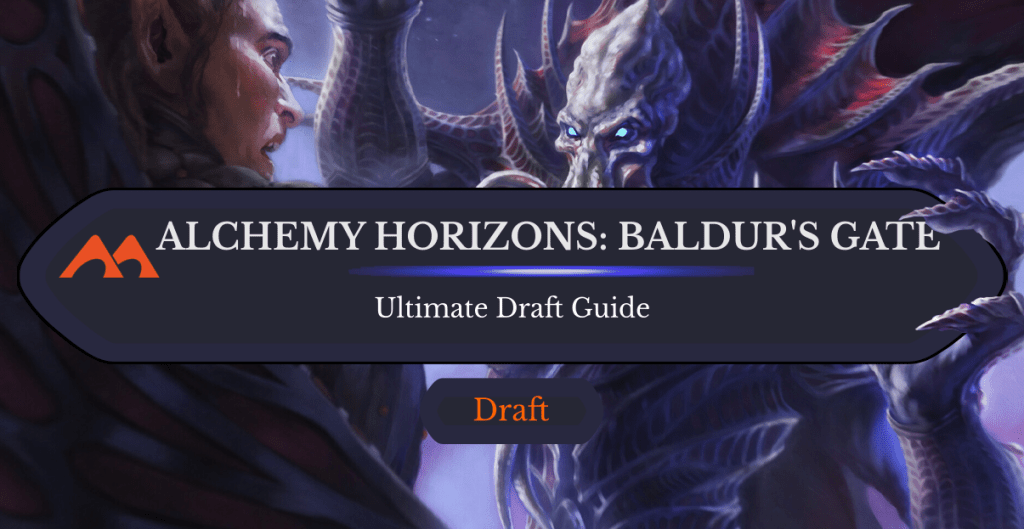
Illithid Harvester | Illustration by David Astruga
Greetings planeswalkers! Today I have the distinct pleasure of writing my first ever digital-only guide for the first fully digital Draft set, Alchemy Horizons: Baldur’s Gate. This set’s unique Draft environment plays out like an odd mix of Adventures in the Forgotten Realms and Commander Legends: Battle for Baldur’s Gate.
Alchemy Horizons features cards from both sets as well as some original cards, with unique digital-only mechanics and some fan-favorites like adventures returning. Ready to take a look? Let’s dive right into it!
Set Oddities
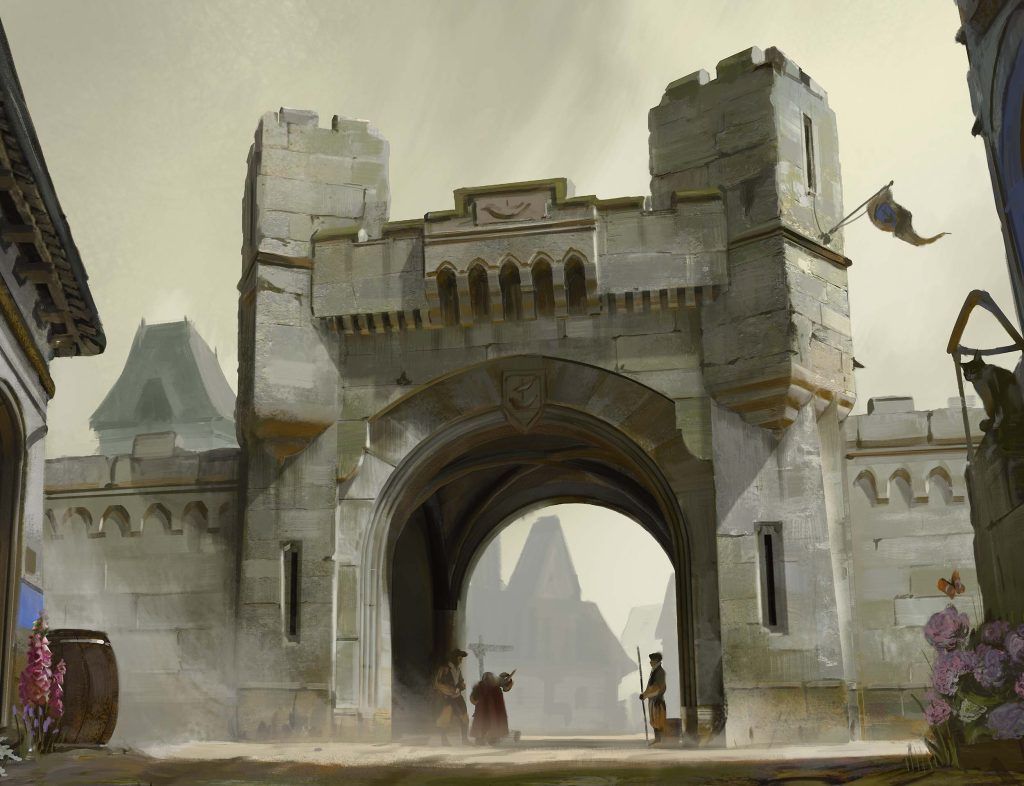
Baldur's Gate | Illustration by Titus Lunter
Before we get into the thick of the set from a “normal” perspective (mechanics, archetypes, top commons, etc.), I want to touch on some unusual things about the first Alchemy Horizons set.
Same Art, Different Cards
Feel like you’re seeing double? Well, you are in a sense, because HBG marks the first time ever in Magic history that WotC has used the same art for two different cards. This is likely because certain multiplayer cards wouldn’t have translated well to a 1v1 Limited/Alchemy environment.
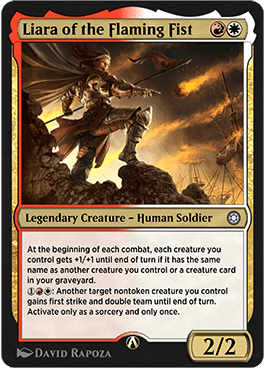
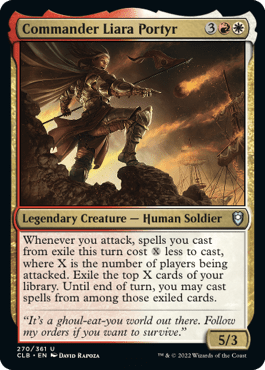
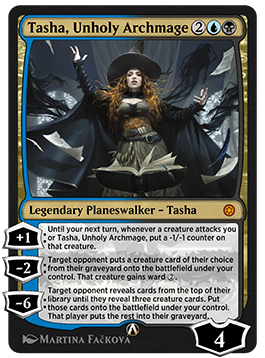
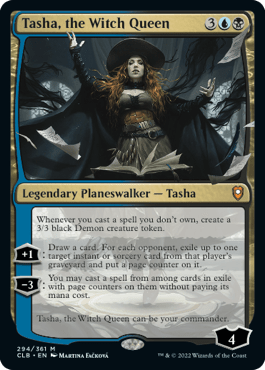
So WotC made the unprecedented decision to reuse assets on new digital-only cards (formally known as “reimagined cards”). Liara and Tasha are just two examples of this as there are several others in the set. Try not to get them mixed up with their Battle for Baldur’s Gate versions because most of these reimagined cards play out dramatically differently than their counterparts.
Rebalanced Cards
There are five cards in the set that have been rebalanced from their paper counterparts rather than being entirely new cards:
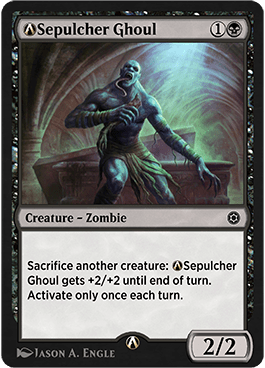
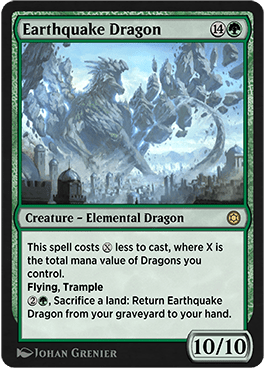
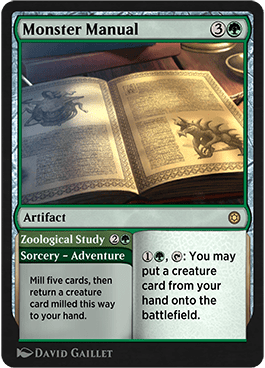
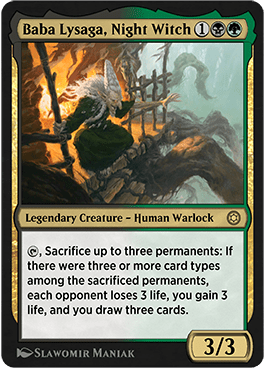
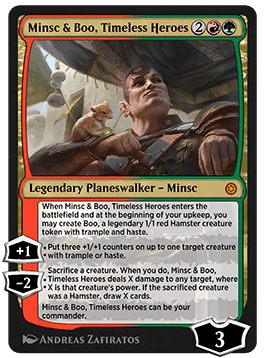
- Sepulcher Ghoul
- Earthquake Dragon
- Monster Manual
- Baba Lysaga, Night Witch
- Minsc & Boo, Timeless Heroes
The Ghoul was buffed with +0/+1 while Minsc and the Manual were each nerfed (Minsc costs one extra mana and the Manual now has “activate only at sorcery”). The Dragon was also nerfed (multiple copies won’t reduce costs to green), but the nerf should basically never come up in Limited. And it’s debatable whether a 3-mana 3/3 to a 4-mana 4/4 is a buff or a nerf for Baby Lysaga, because you could argue either case.
Commander Legends: Battle for Baldur’s Gate Reprints
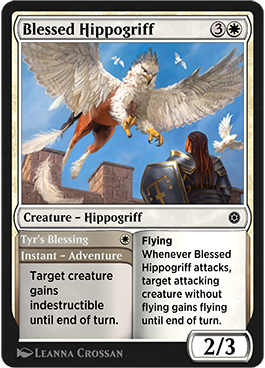

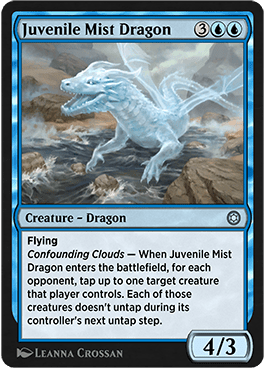
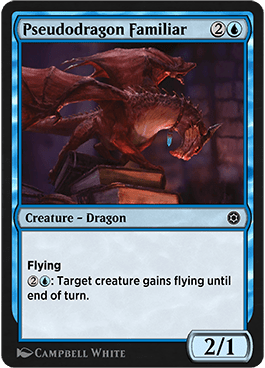
A fair chunk of this Alchemy Horizons set is made up of reprints from its recent paper counterpart. Cards like Blessed Hippogriff, Icewind Stalwart, Juvenile Mist Dragon, and Pseudodragon Familiar return to fill out a very different Limited environment.
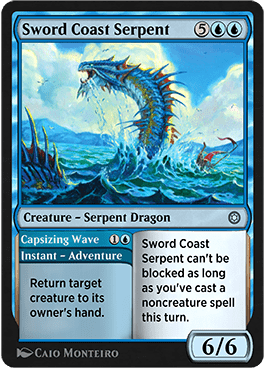
Card evaluations for multiplayer versus single player couldn’t be more different. For example, Sword Coast Serpent was just a decent common in Battle for Baldur’s Gate, but it’s a top uncommon in HBG.
D&D: Adventures in the Forgotten Realms Reprints
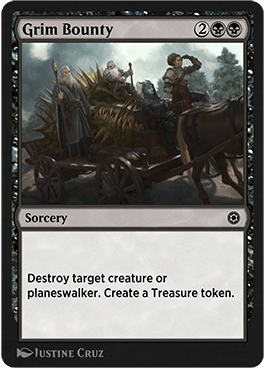
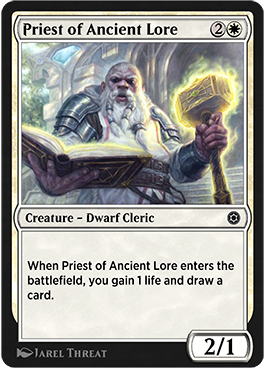
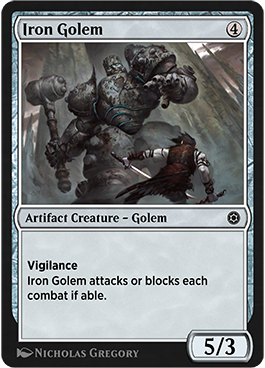
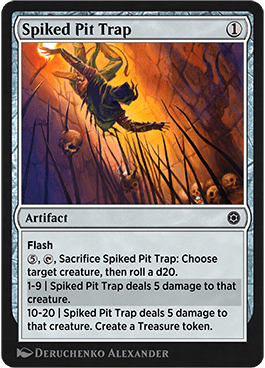

Maybe for flavor or universe continuity more than anything else, Alchemy Horizons: Baldur’s Gate also features a substantial number of cards from Adventures in the Forgotten Realms. Top commons like Grim Bounty and Priest of Ancient Lore are joined by mediocre filler like Iron Golem, Spiked Pit Trap, and Shocking Grasp.
New Mechanics
There are three new mechanics in HBG, two of which would be nearly impossible to carry over to paper Magic.
Specialize
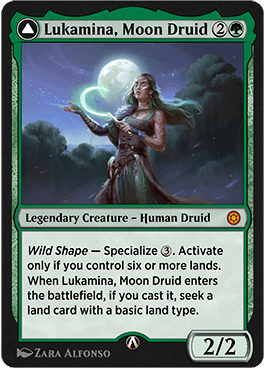
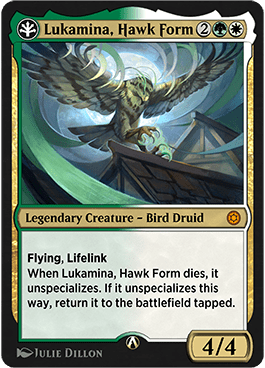
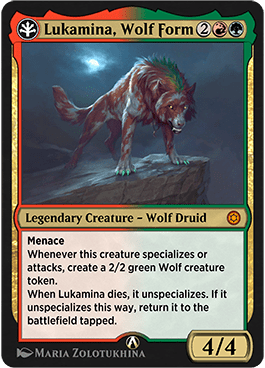
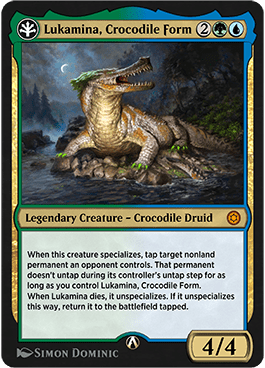
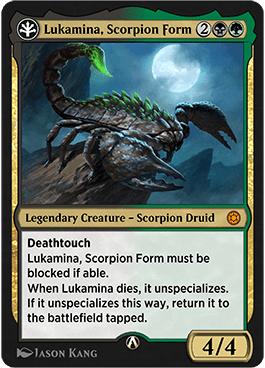

Specialize is a controversial mechanic that answers a question no one has ever asked: “What if instead of a double-sided card, we made a card with six sides?” Specialize is the elegant retort to that question, showcasing human folly and hubris in a way that only digital pieces of cardboard can.
Personal design critique aside, specialize is a mechanic that’s present on 19 different creatures in the set (three mythics, six rares, and 10 uncommons). The mechanic isn’t limited to any one particular color, showing up fairly evenly across the five.
Here’s a rules blurb on how it actually works:
A creature with specialize is cast normally, and the player can pay the mana cost and discard a card to activate the specialize ability at sorcery speed. The colors or mana symbols (for lands) on the discarded card opens determine which of the five specialized versions the card can flip into. Each of those versions adds a pip of that mana to the card’s new mana value.
Steve Vrooman
This is an intimidating mechanic to evaluate, but I can give you some useful tips for expediting that process:
- First off, most of the cards with specialize are actually pretty strong! Their power level ranges from so-so (Gut, Fanatical Priestess) to good (Skanos, Dragon Vassal) to great (Rasaad, Monk of Selûne), and finally to busted (Lukamina, Moon Druid and Lae'zel, Githyanki Warrior).
- Specialize is fundamentally a mana dump/late-game option that helps your creatures scale better into the late game. Some cards specialize earlier than others thanks to cheaper costs or high upsides, but you usually want to wait until most of your hand has been played out.
- The best specialize creatures are decent before specializing and get some substantially upgraded, while the weakest ones (like Gut) have poor stat lines for their cost and clunky specialize abilities.
- With the exception of Klement, Novice Acolyte, most specialize forms are fairly close to each other in terms of power level and functionality. Lulu, Forgetful Hollyphant has six different forms, but all of them reward you with various different things for attacking with fliers.
- You can usually just use whatever form requires you to discard the least important game object (often a basic land in the late game) instead of putting much effort into getting a specific form.
- Specialize can have some nice upside with Bag of Holding and Summon Undead as a convenient discard effect.
Double Team
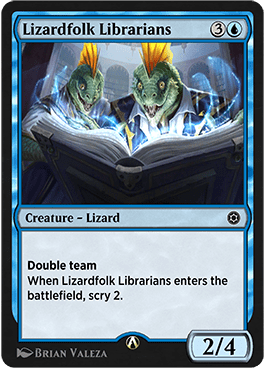
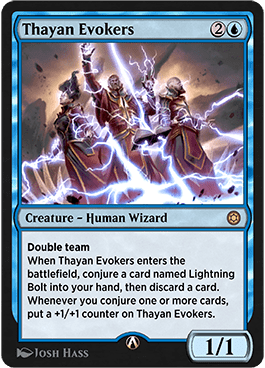
Double team is a simple mechanic that rewards aggression with card advantage and was likely designed as a “fixed” myriad to make sense in 1v1 play. When a creature with double team attacks, you conjure a copy of that card into your hand and then both the original and the copy immediately lose double team.
This mechanic primarily appears in Boros () except for Lizardfolk Librarians and Thayan Evokers. It’s the core draft mechanic for Boros in this set.
The main tension that double team introduces gameplay wise is that it rewards you for a successful attack, but only once. So you might have some time to set up a safe attack with mana up for combat tricks (or a pre-combat removal spell to clear the way). Your opponent needs to preemptively hold back blockers or spend kill spells if they want to stop your creature from freely duplicating.
It’s hard to stop double team entirely because it’s just an attack trigger and not a combat damage one, but you should at least try to make your opponent work for it if you’re playing against this mechanic.
Boon
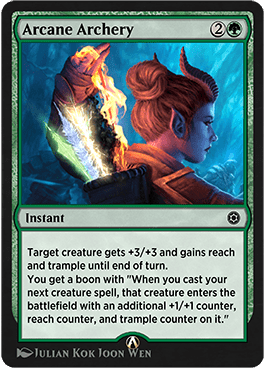
If you’ve ever ult’ed a planeswalker, you likely know what “emblems” are. Boons are basically just that, but weaker, more common, and specific to creatures. Each boon is this set is worded, “You get a boon with ‘When you cast your next creature spell, do something.’”
Boons appear primarily in Boros, but Arcane Archery is a common exception. They’re chiefly small bonuses that reward you for having solid creature density, which gives them decent synergy with double team.
Returning Mechanics
Adventures
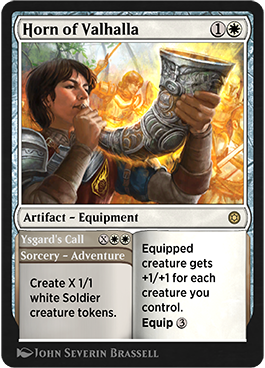
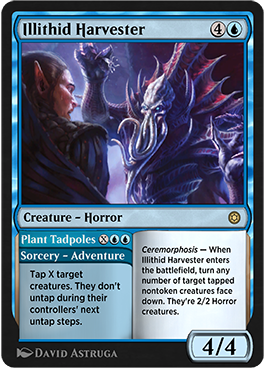

Adventures are a powerful mechanic that haven’t been seen since Throne of Eldraine. An adventure is a creature that can also be cast as an instant or sorcery spell. If you do this, you put it into exile “on an adventure” where it can then be cast.
Adventures appear in each color in HBG and at all rarities, with each color having at least one common adventure (green and white each have two). Adventures can also function as a Draft build around with Gorion, Wise Mentor or Lozhan, Dragons' Legacy.
A lot of the best commons in the set happen to be adventures, and there are bomb rares like Horn of Valhalla, Illithid Harvester, and Altar of Bhaal with the mechanic. Don’t sleep on it!
Party
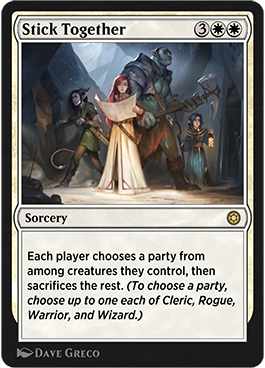

Party is a returning mechanic from Battle for Zendikar with a tiny presence in this set. It only appears on two cards: Stick Together and Nalia de'Arnise.
But both are pretty good rares so it’s worthwhile to remember how party works. You have a “full party” when you control a warrior, a rogue, a cleric, and a wizard. One creature with multiple types can only fill one role at a time.
There are seven warriors, 11 clerics, 13 rogues, and 7 wizards in this set, but none of those wizards are in Orzhov (). But there are playable commons for each other common in Orzhov, so try to focus on those. Priest of Ancient Lore plus Icewind Stalwart is an ideal pairing for Orzhov party since the cards are naturally good together and fill two of the four types.
Gates

Gates are another minor fixture in this set, appearing on one cycle of uncommons: Baldur's Gate and Follow the Tracks (which conjures one of the uncommon gates). The uncommon cycle of Gates are a great addition to any deck since trading a bit of potential tempo for long term card advantage is usually worth it. Baldur's Gate, on the other hand, is usually just a legendary Wastes since there are too few Gates to build around.
Barring an exceptionally lucky Draft, of course.
Digital Mechanics
Conjure
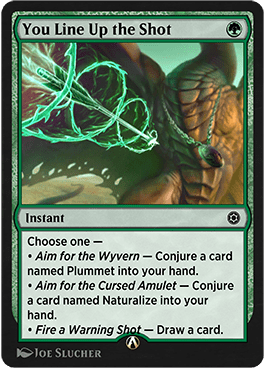
For those unfamiliar with any previous Alchemyreleases, conjure is one of WotC’s frequently-used digital-only mechanics. When you “conjure” a card you just create whatever the card says and put it wherever it’s stated.
That card now exists and can go to the battlefield, graveyard, exile, deck, etc. as though it were a real game object, because well, it is one.
Perpetually
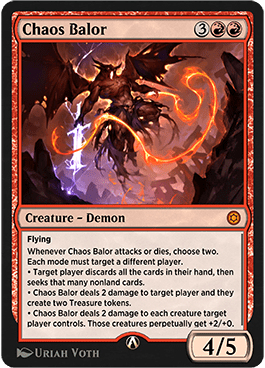
Perpetually is another Alchemy mechanic that seems to show up in every digital release. An effect that’s “perpetual” modifies a card in some way, and this modification follows the card to every zone it goes. Think Skullbriar, the Walking Grave, but for a variety of different effects like losing abilities, permanent stat increases, etc.
Seek
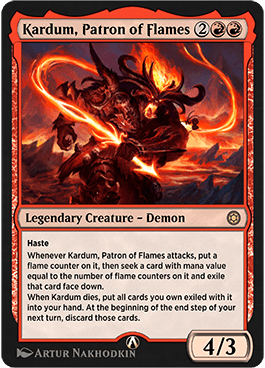
Seek takes advantage of digital card selection by letting you draw cards directly out of your deck without needing to shuffle. When you seek for a specific card, you draw the first card in your deck that fits the criteria without changing the order of your deck.
This can play well with scry effects and is also good for finding specific kinds of cards.
Intensity

Intensity is a new mechanic that only appears on one card, Minthara of the Absolute. This is a way to do emblem technology without actually making an emblem since it ties the “intensity” increases to Minthara itself rather than you, the player. This has Minthara play out similarly to its Battle for Baldur’s Gate counterpart, Minthara, Merciless Soul.
Both cards want to see permanents repeatedly leaving your battlefield and reward you with scaling +X/+0 bonuses to all your creatures. The differences between the two are that the Absolute has +0/+2 and gains intensity in a different manner, while Merciless Soul has ward X based on experience counters.
Spellbook
Spellbook is another digital mechanic that appears in most Alchemyreleases. A card with spellbook lets you pick from three cards from a predetermined pool unique to the spellbook card. The card you choose is then conjured into your hand or onto the battlefield, depending on what the card says to do.
Three cards in HBG have spellbooks: Follow the Tracks, Oyaminartok, Polar Werebear, and The Hourglass Coven. Here are the spellbooks for each:
Follow the Tracks
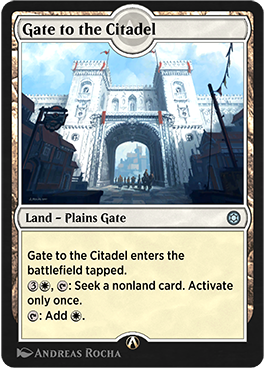

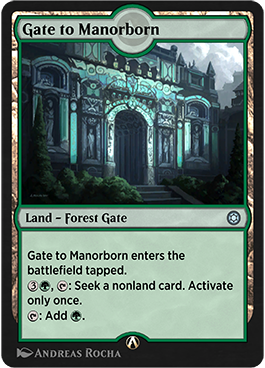

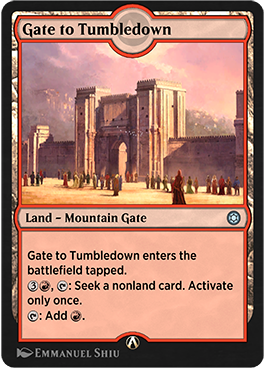
Oyaminartok, Polar Werebear
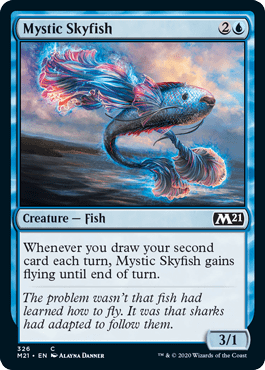
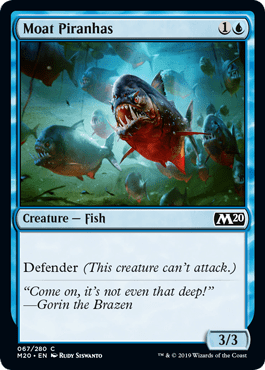
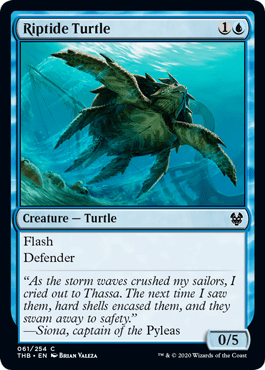
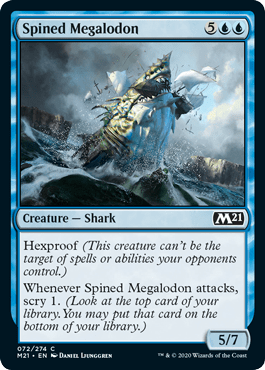
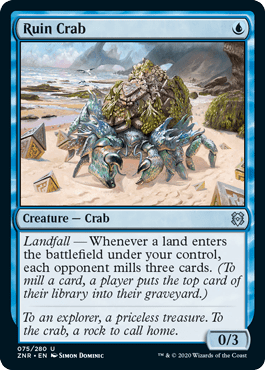

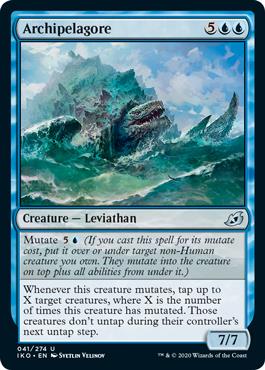
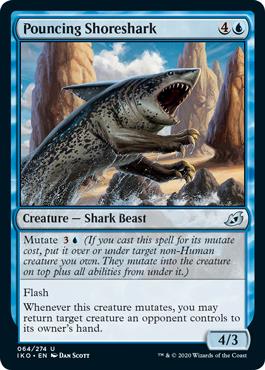

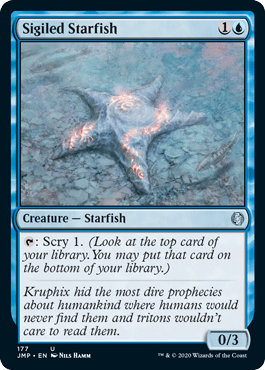
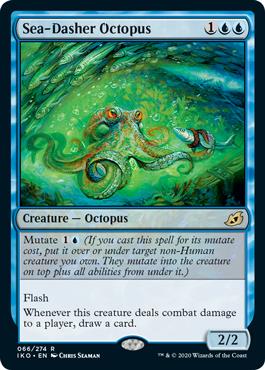
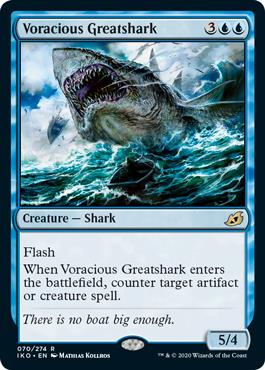
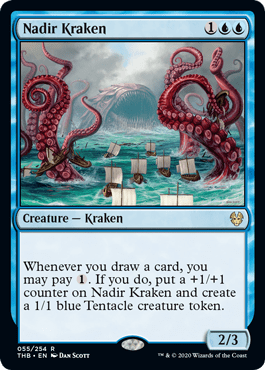
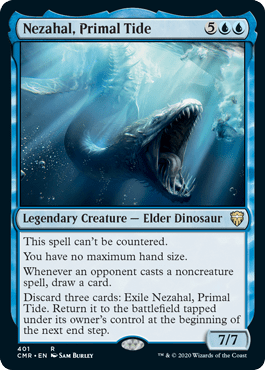
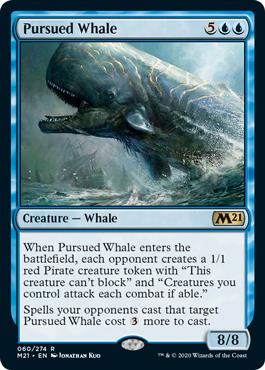
- Mystic Skyfish
- Moat Piranhas
- Riptide Turtle
- Spined Megalodon
- Ruin Crab
- Stinging Lionfish
- Archipelagore
- Pouncing Shoreshark
- Junk Winder
- Sigiled Starfish
- Sea-Dasher Octopus
- Voracious Greatshark
- Nadir Kraken
- Nezahal, Primal Tide
- Pursued Whale
The Hourglass Coven


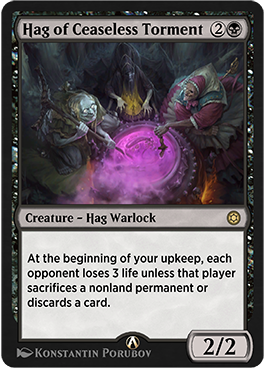
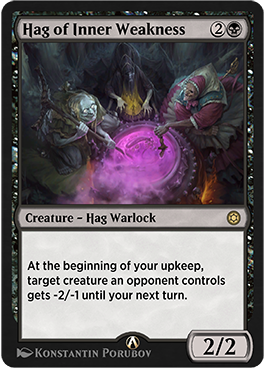
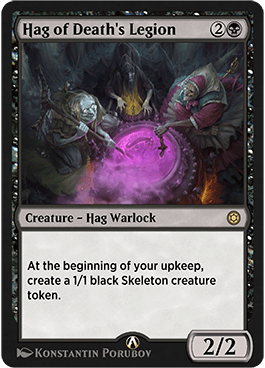
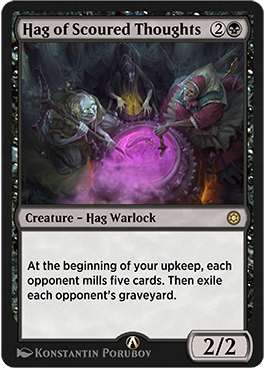


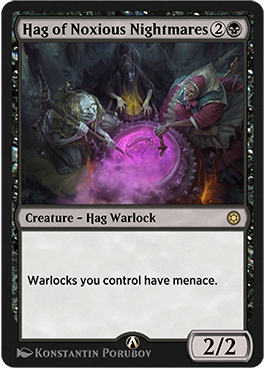
- Hag of Syphoned Breath
- Hag of Dark Duress
- Hag of Ceaseless Torment
- Hag of Inner Weakness
- Hag of Death's Legion
- Hag of Scoured Thoughts
- Hag of Twisted Visions
- Hag of Mage's Doom
- Hag of Noxious Nightmares
Top Commons
Alchemy Horizons: Baldur’s Gate is a slow and grindy set with a metric ton of mana fixing and ramp available. There are 10 official 2-color archetypes, but it’s possible to ignore these archetypes and draft 4- to 5-color control decks every time if you’d like. I’ll get to that later, but first I want to touch on some important things.
I’d wager that the three most important things for you to familiarize yourself with when evaluating a new set are the top commons, top uncommons, and the basics of each archetype.
Let’s start with the top three commons for each color.
White
Honorable Mentions
Most of the other white cards are curve filler or have a bit of added value in certain archetypes, some of which I’ll mention later. Avoid Mace of Disruption like the plague because the card is nearly useless.
#3. Patriar’s Humiliation
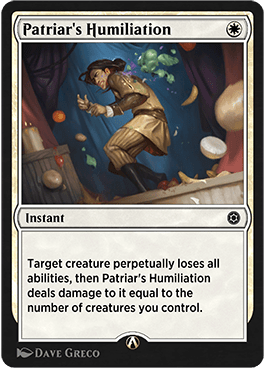
Patriar's Humiliation is pretty good removal, especially when compared to clunkier options in the set like Minimus Containment. It scales nicely throughout the course of the game and has the emergency use to sap abilities on creatures it can’t quite kill. A higher creature density is recommended to maximize damage output.
#2. Blessed Hippogriff

Blessed Hippogriff is a passable combat trick with a free Snapping Drake which is a great deal, particularly given how cheap the combat trick is. You might occasionally want to just cast this as a creature if you can’t line up the trick, but either way the rate and functionality here is very good. Playing around this is important thanks to its ubiquity.
#1. Priest of Ancient Lore

The best common from Adventures in the Forgotten Realms returns for another bout. Priest of Ancient Lore is a very strong card on rate that particularly excels in Azorius () and Selesnya () thanks to flicker and lifegain synergy. You want to play or draft every copy of this you can!
Blue
Honorable Mentions
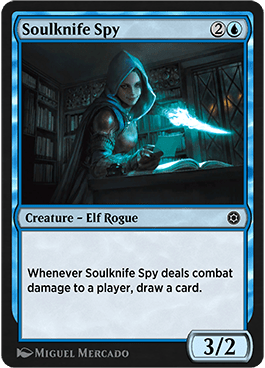

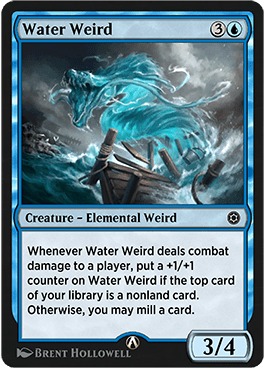
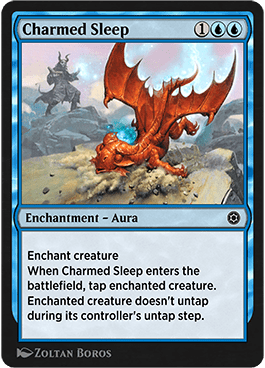
Soulknife Spy, Lizardfolk Librarians, and Water Weird are better quality creatures than blue usually gets. The rest of blue’s cards are fairly average Cancel variants, card draw, and curve filler. Charmed Sleep is useful against vanilla fatties like Hill Giant Herdgorger but can be embarrassing against cards like Blur, Deadly Dispute, and Icewind Stalwart.
#3. Undersimplify
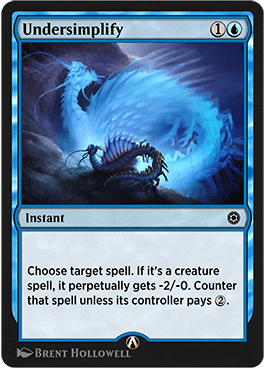
WotC has been on a roll lately with good Quench variants, first with Make Disappear and now with Undersimplify. It’s a strong card for the first couple of turns and later puts your opponent in the awkward spot of having to pay a tax for a nerfed creature. This is decent general-purpose interaction that most blue decks are happy to play.
#2. Air Elemental
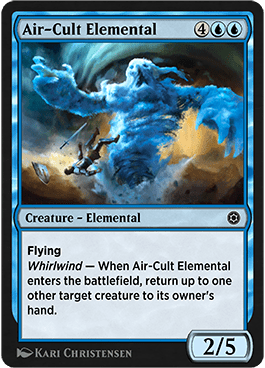
Air Elemental is an expensive but passably stated flier with a free bounce ability on it. It plays well with flicker effects and also enjoys that HBG isn’t the fastest set out there. Most blue decks would love a copy or two of this to top their curve.
#1. Young Blue Dragon
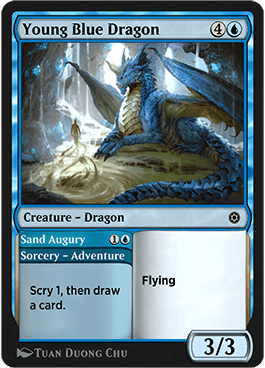
In a word, value! While neither a 2-mana sorcery-speed Opt or Nimbus of the Isles would be good on their own, getting both is quite a different story. Young Blue Dragon is one of the stronger commons in the format for midrange and control, and it being a dragon is also relevant for several archetypes.
Black
Honorable Mentions

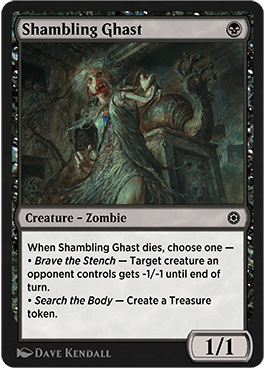

Black is a bit flatter as a color than others since it has good removal, Deadly Dispute, and a lot of filler. The self-mill/graveyard cards excel in Golgari () (more on them later) but are poor otherwise, while Shambling Ghast and Guildsworn Prowler are among the better filler cards.
Avoid Hook Horror unless you really need some fat because its poor stats hold it back.
#3. Deadly Dispute

Deadly Dispute is a key value and synergy card that makes a lot of other black commons like Shambling Ghast and Guildsworn Prowler better. It plays well in multiples as long as you can get the first copy going without trouble.
#2. Sewer Plague
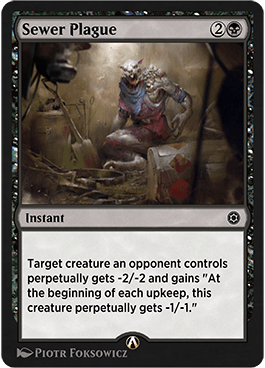
Sewer Plague is decent removal that kills small creatures now, and big creatures eventually. It’s fairly costed but somewhat inferior to Grim Bounty on rate, but I’d run a couple copies of both if possible.
#1. Grim Bounty

Grim Bounty and Priest of Ancient Lore were both top commons in Adventures in the Forgotten Realms, so it’s no surprise to see them at the top of both of their colors. Bounty is fairly-costed removal with a nice bonus. It plays well on its own, and even better with Treasure synergies when you have them.
Red
Honorable Mentions

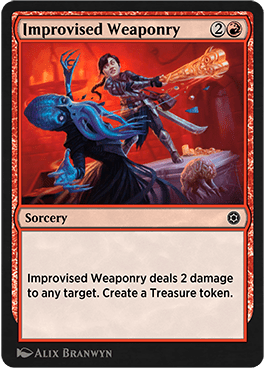
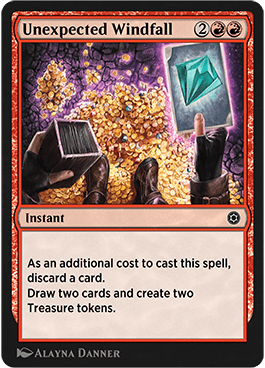
Hobgoblin Captain is another great Forgotten Realms card that you want in all of your aggro decks. The rest of red is a bit less impressive, but I like Improvised Weaponry and Unexpected Windfall for greedy Treasure-based control decks.
#3. Genasi Rabble-Rouser
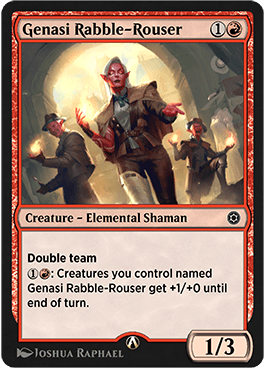
Genasi Rabble-Rouser stands a good chance of duplicating itself early, and it scales well into the late game. Drafting multiples of this is rewarding but not entirely necessary thanks to double team.
#2. Young Red Dragon
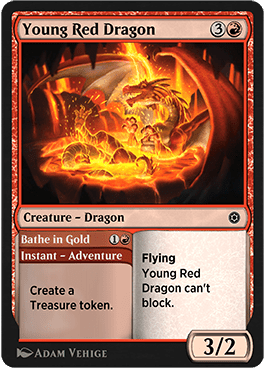
Young Red Dragon is a fairly stated flier that comes with a free Treasure token and a nice creature type. Not blocking is a bummer, but your opponent can’t ignore three power in the air.
#1. Dragon’s Fire
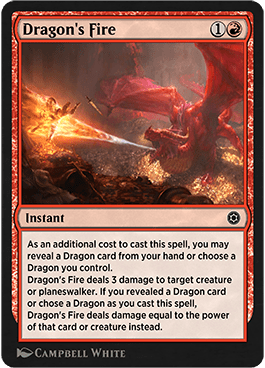
Hey, look, another Forgotten Realms top common! Dragon's Fire may be even better than it was last time since there are some extra dragons this time around. You still run every copy of this you can, but dragons or no dragons, a 2-mana 3-damage instant is just a good rate.
Green
Honorable Mentions
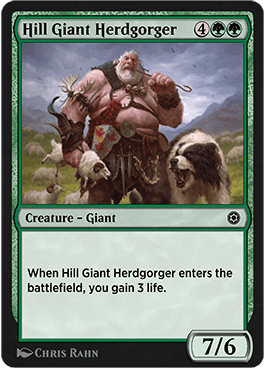
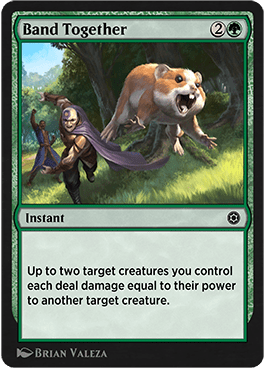
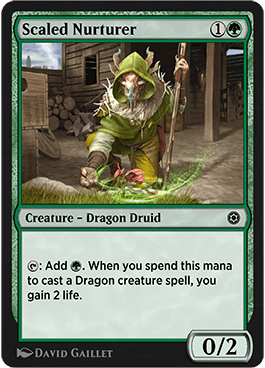
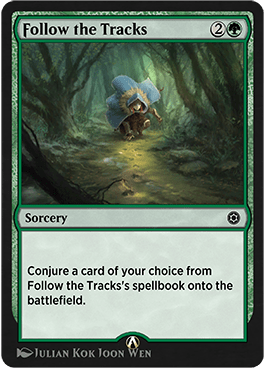
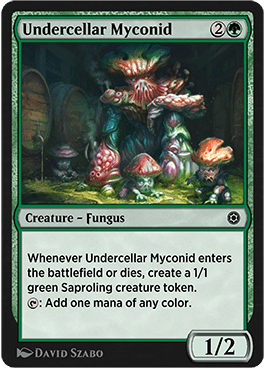
Hill Giant Herdgorger is back and better than it was last set since there are stronger options for ramping to six. Band Together is pretty solid removal for green but a little bit too clunky for it to be a top common. Scaled Nurturer and Follow the Tracks are more solid ramp options in case you can’t get enough Undercellar Myconids.
The redundancy here is welcome, not to mention that it makes fatties and ramp very consistent to draft around.
#3. Owlbear
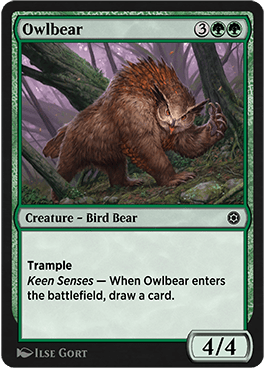
Yet another Forgotten Realms all-star returns for a second outing. Owlbear is exactly what good fat should be as it provides a solid body and doesn’t cost you a card. A turn 3 Undercellar Myconid into a turn 4 Owlbear is both realistic and good!
#2. Undercellar Myconid

Undercellar Myconid is a great mana dork that lets you splash bombs, cast more Dread Linnorms/Owlbears, and even do some chumping or early defense. This is substantially better than something like Lifespring Druid thanks to the free extra bodies.
#1. Dread Linnorm
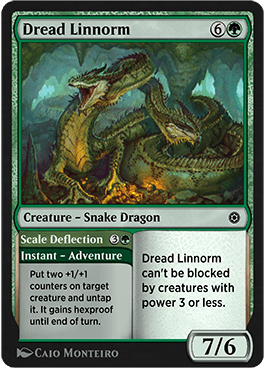
I expected Dread Linnorm to be good, but it’s been great. Both parts of this card have just been so powerful. The creature is one of the largest in the format and the trick is good permanent sizing that even counters removal spells. Being a dragon is yet another bonus.
Colorless
I’m not doing a “top three” list here since most of these cards are only good if you’re splashing, and mediocre at best otherwise.
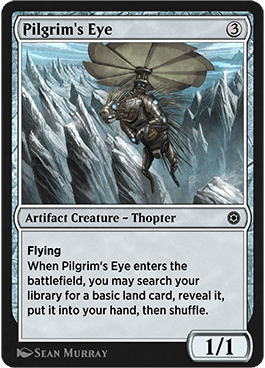
Pilgrim's Eye is a decent value creature that should see play in all but the most aggressive decks. It particularly shines when you’re splashing bombs and removal, and it’s a decent target for flicker effects.
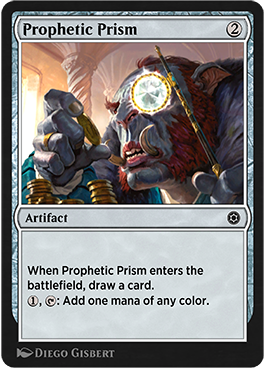
Prophetic Prism is similarly useful for fixing mana without too much opportunity cost, but there aren’t many artifact synergies or ways to flicker it in HBG. Displacer Kitten is a powerful exception, but the other flicker cards all say “creature.”
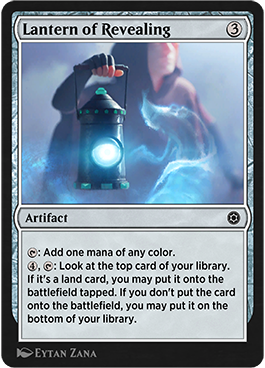
Lantern of Revealing is the most sluggish colorless fixer available, but it does offer a mana dump and can be quite playable in greedy 4- to 5-color decks.
Avoid Iron Golem, Spiked Pit Trap, and Cloak of the Bat unless you desperately need other playables.
Top Uncommons
White
#3. Guiding Bolt
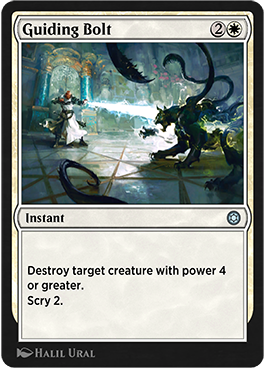
Guiding Bolt is efficient instant-speed removal with nice scry upside. This can’t kill everything, but it benefits from how many big dragons the set has.
#2. Seatower Imprisonment
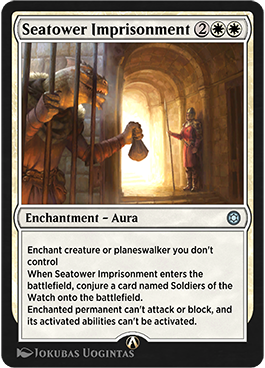
Getting a full card off your 4-mana Arrest is too good of a deal to pass up. Seatower Imprisonment has some shortcomings against flicker and Deadly Dispute, but the rate is strong enough that I’d prioritize it either way.
#1. Rasaad, Monk of Selûne
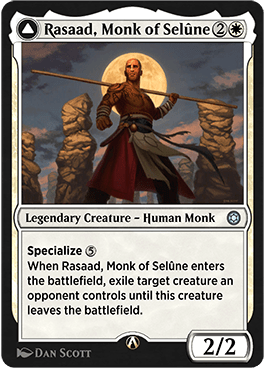

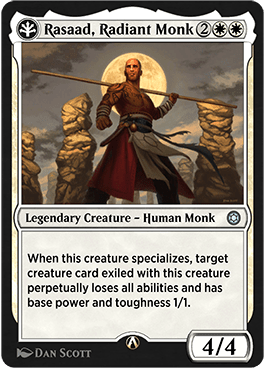



Rasaad, Monk of Selûne is a great Fiend Hunter variant with some extra upside with specialize. This plays well with flicker effects and Raise Dead-style cards like Druidic Ritual and Ghost Lantern since it tends to draw removal to it.
Blue
#3. Goggles of Night
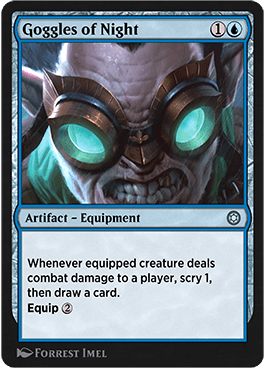
Goggles of Night can run away with a game as long as you can keep connecting with it. Your best bet for doing so is cheap evasive creatures plus bounce and removal spells. But don’t play this in clunky ramp decks like Simic () Dragons.
#2. Juvenile Mist Dragon

A great flying body plus a free freezing effect makes Juvenile Mist Dragon a top notch 5-drop. This plays best in aggressive decks but is efficient enough that I’d basically never cut it.
#1. Sword Coast Serpent

I mentioned Sword Coast Serpent earlier as one of the most improved cards from Battle for Baldur’s Gate, so I hope I didn’t undersell it. This is a wicked card on both rate and functionality, with a great combination of versatility and power.
Black
#3. Cast Down
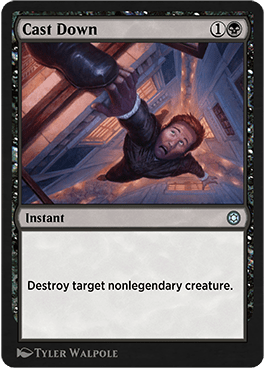
Cast Down won’t kill certain bomb rares, but it kills just about everything else at a great rate. No common removal spell in the set can compete with this.
#2. Skullport Merchant

Skullport Merchant was a mythic uncommon in Forgotten Realms, so it’s no surprise to see it excelling once again. This has a solid floor and a ceiling of being the best card in your deck if you have enough Shambling Ghasts and Deadly Disputes.
#1. Black Dragon

HBG isn’t a particularly fast set and has a lot of extra mana sources in it, so good 7-drops are great. As a large flier with a free removal spell attached to it, Black Dragon is one of the better expensive cards in the set.
Red
#3. Battle Cry Goblin
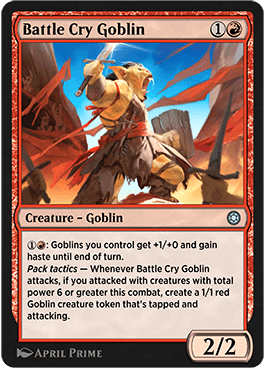
Battle Cry Goblin was a mythic uncommon in Forgotten Realms, but there are less goblins this go-around. It’s still a very threatening aggro card but you’re much less likely to randomly win games out of nowhere.
#2. Red Dragon

More Dragon synergy, extra mana sources, and slower gameplay let Red Dragon play out better than it did in Forgotten Realms. It was still pretty good there, but it’s one of the stronger uncommons in the set here.
#1. Mephit’s Enthusiasm
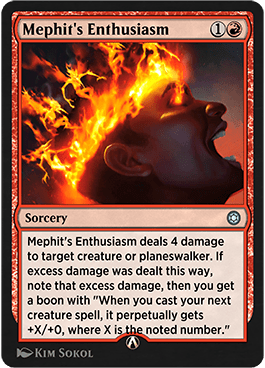
Mephit's Enthusiasm follows the tradition of strong red uncommon removal spells like Lava Coil and Roast. This is good in both aggressive and controlling decks, and it kills all but the largest creatures. The boon you gain usually isn’t a huge deal, but free upside is nice.
Green
#3. Druid of the Emerald Grove

3-for-1s are even better than 2-for-1s, and HBG has a lot of good things to do with extra mana. You don’t even need a good roll for Druid of the Emerald Grove to be good, but 10 through 19 is of course preferred to 1 to 9 for pacing.
#2. Prosperous Innkeeper
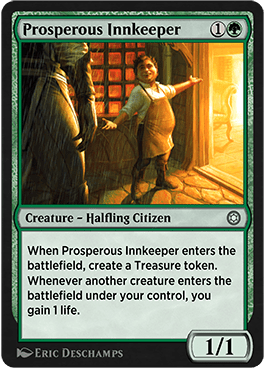
There’s enough good high end in this set that extra acceleration is always welcome, especially with free lifegain attached. And Prosperous Innkeeper’s repeated lifegain is powerful with Celestial Unicorn and Trelasarra, Moon Dancer.
#1. Draconic Muralists
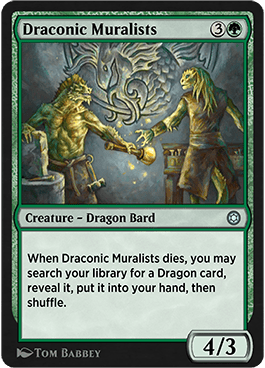
2-for-1s are good, particularly when they come on solid bodies and the extra card they draw is a dragon. 4/3 is too big for your opponent to ignore, but trading with Draconic Muralists gets you the best dragon from your deck. Highly recommended for any deck, but you’ll obviously want some other dragons to grab.
Colorless

Meteor Golem is the only colorless uncommon I’d describe as particularly good since seven mana is very attainable in this set.
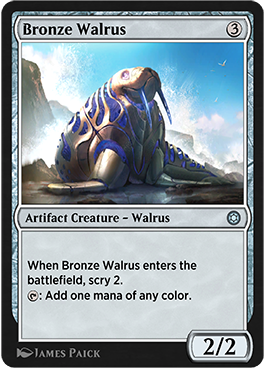
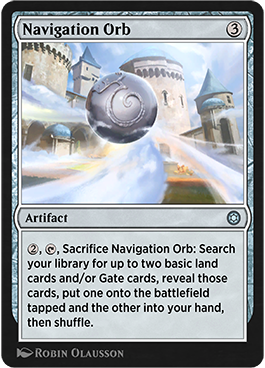
Bronze Walrus and Navigation Orb are mediocre options if you need extra mana ramp or fixing.
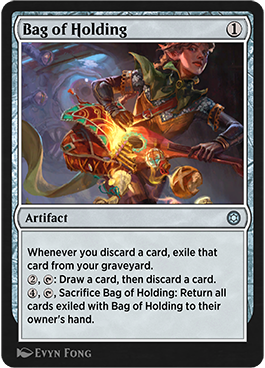

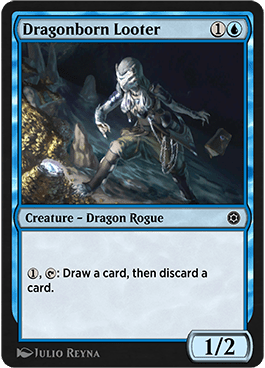
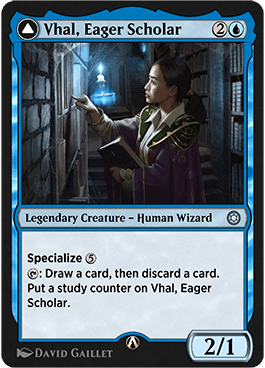
Bag of Holding can be a decent card advantage engine if you combine it with Unexpected Windfall, Dragonborn Looter, and Vhal, Eager Scholar as well as specialize cards.
Official Archetypes
There are 10 2-color archetypes in HBG, just like most normal Magic sets. Each color combination has the predictable signpost uncommon you’d expect, showing off what to focus on when building that archetype.
You may notice that the themes here seem to overlap heavily with Forgotten Realms and Battle for Baldur’s Gate. I’ll also cover some less orthodox strategies available a bit later.
Azorius Flicker
Azorius Flicker is a value-focused archetype that wants to pair flicker effects with ETB creatures. ETB creatures are plentiful and can do a variety of different things while the flicker effects are more limited, with only two commons for flickering (Blur and Icewind Stalwart) plus a handful of uncommons. Both of the commons are solid, but Stalwart is particularly nice because its “non-warrior” clause is essentially 100% irrelevant (none of the good ETB creatures are warriors).
Oji, the Exquisite Blade is Azorius’ signpost uncommon and arguably one of the best signposts in the set. This is because it has a pretty good base rate and body and its flicker ability is good for targeting itself, but it’s even better with something like Priest of Ancient Lore.
Key Cards
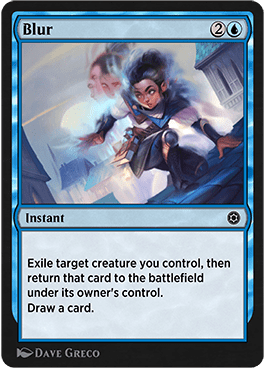

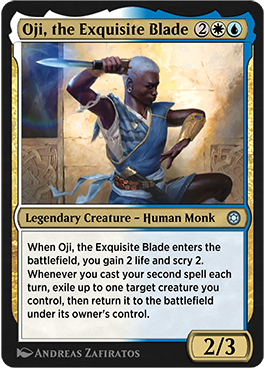
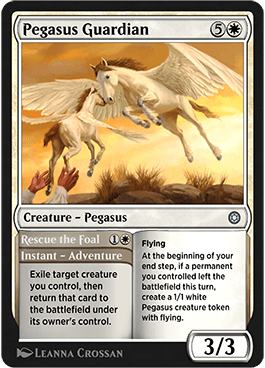
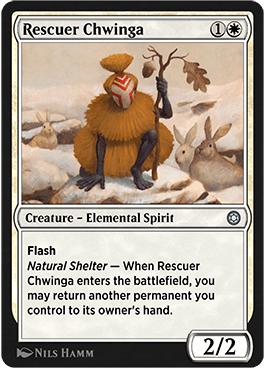
Flickering: Blur, Icewind Stalwart, Oji, the Exquisite Blade, Pegasus Guardian, Rescuer Chwinga.




ETB Creatures: Priest of Ancient Lore, Air-Cult Elemental, Meteor Golem, Pilgrim's Eye.
Dimir Saboteur
Krydle of Baldur's Gate signals that Dimir () is back to its old ways from Forgotten Realms. Saboteur creatures like Soulknife Spy and Hoard Robber play well with support cards like Krydle and Thieves' Tools for a tempo-oriented gameplan.
Aim to control the game with removal and bounce and create openings for your small creatures to create value. You can also deemphasize this plan and build more of a normal Dimir-based control deck with fewer scrappy cards and a more classic mix of removal spells, card draw, and bombs.
Key Cards

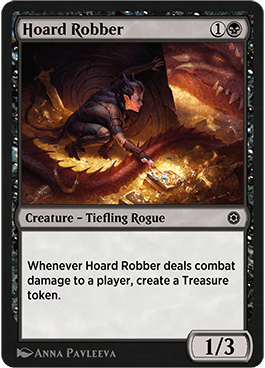


Saboteurs: Soulknife Spy, Hoard Robber, Water Weird, Goggles of Night.
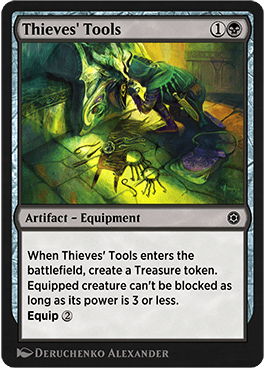
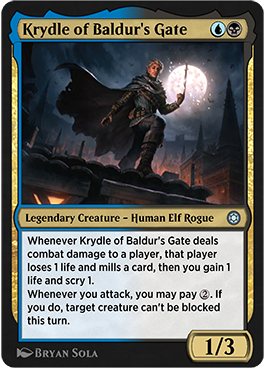
Unblockability: Thieves' Tools, Krydle of Baldur's Gate.



Removal: Grim Bounty, Sewer Plague, Cast Down.
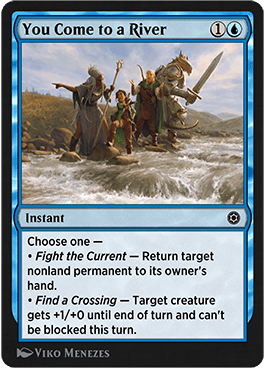


Tempo: You Come Upon a River, Juvenile Mist Dragon, Sword Coast Serpent.
Rakdos Treasures/Sacrifice
Just like Dimir, Rakdos () has the same archetype as it did in Forgotten Realms plus the same signpost (Kalain, Reclusive Painter). The strategy is once again to pair Treasure makers with synergistic cards while greedily splashing as many broken bombs as you can draft.
Rakdos also has the classic Act of Treason plus sac play pattern available to it with Incessant Provocation and Deadly Dispute.
Key Cards



Best Treasure makers: Grim Bounty, Deadly Dispute, Shambling Ghast.



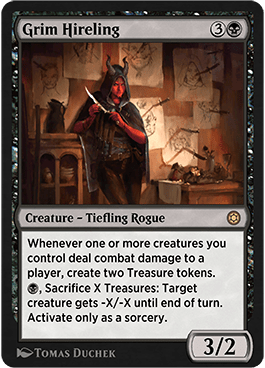
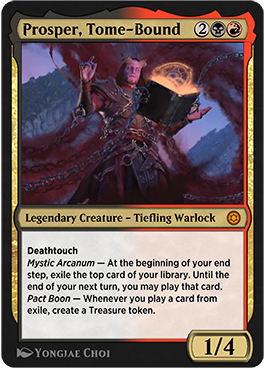
Payoff cards: Kalain, Reclusive Painter, Skullport Merchant, Swashbuckler Extraordinaire, Grim Hireling, Prosper, Tome-Bound (lucky!).


Secondary Treasure makers (lower priority but can be useful): Improvised Weaponry, Unexpected Windfall.
Gruul Dragon Stompy
Gruul () is one of three different dragon tribal decks in HBG. It’s the most aggressive and straightforward of the trio as showcased by Thrakkus the Butcher. A key combo in Gruul Dragons is to combine big burly dragons with your opponent’s face.
Some Gruul decks might be a bit more rampy than others depending on how much high end you’re playing. Your curve will definitely skew upwards if you’re focusing on Dragon tribal, so I’d recommend a couple extra mana sources to be safe.
Key Cards
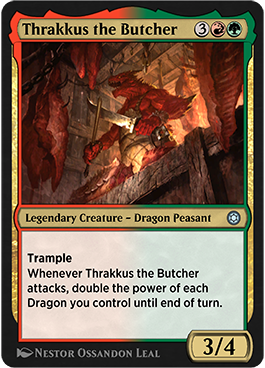





Non-rare dragons: Thrakkus the Butcher, Skanos, Dragon Vassal, Dread Linnorm, Young Red Dragon, Red Dragon, Draconic Muralists.
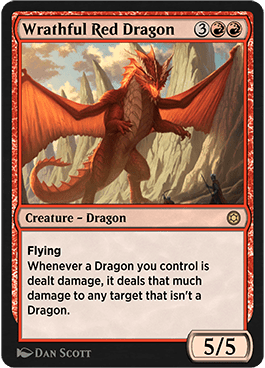

Tribal bomb rares: Wrathful Red Dragon, Earthquake Dragon.

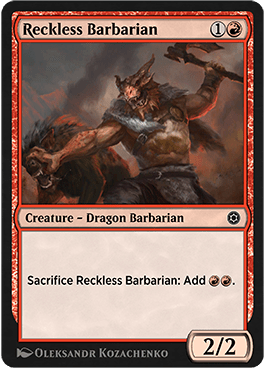

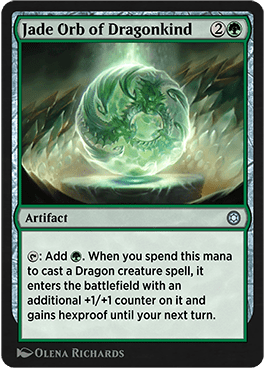
Mana ramp: Scaled Nurturer, Reckless Barbarian, Undercellar Myconid, Jade Orb of Dragonkind.
Selesnya Lifegain
Selesnya is yet another deck to borrow a theme/signpost uncommon from Forgotten Realms. Trelasarra, Moon Dancer returns alongside Celestial Unicorn for another outing of gaining life, growing huge, and slaying foes.
But some Selesnya decks only minimally lean into this theme since there are only a couple payoffs for gaining life. Try to draft some 2-for-1s if you can because Selesnya’s plan otherwise skews a bit fair and easy to deal with.
Key Cards



Lifegain payoffs: Trelasarra, Moon Dancer, Celestial Unicorn, Lurking Roper.



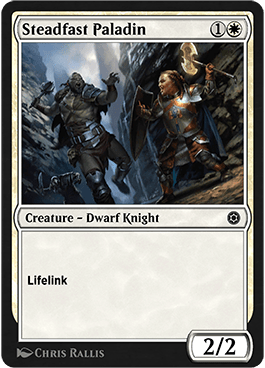
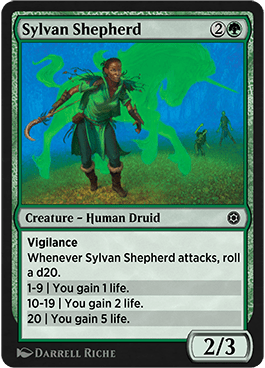
Lifegain cards: Priest of Ancient Lore, Prosperous Innkeeper, Hill Giant Herdgorger, Steadfast Paladin, Sylvan Shepherd.

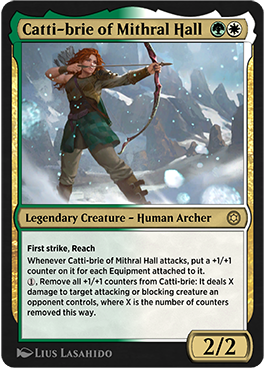


Other good stuff: Owlbear, Catti-brie of Mithral Hall, Dread Linnorm, Blessed Hippogriff.
Orzhov Sacrifice
Orzhov borrows its theme/signpost uncommon from Battle for Baldur’s Gate, with Minthara making a return appearance in the form of Minthara of the Absolute. Cards like Deadly Dispute, Chain Devil, and Skullport Merchant are the best way to stack intensity.
Flicker cards can also work well because Minthara says “leaves the battlefield.” You want a high creature density for sac fodder and winning the game with +X/+0 bonuses.
This is a somewhat light theme to build around and expect to be somewhat of a “good stuff” shell with a bit of sac synergy. Minthara is also a cleric which gives you a head start on party synergies if you’re lucky enough to get Nalia de'Arnise or Stick Together.
Key Cards


Payoffs: Minthara of the Absolute, Skullport Merchant.


Sacrifice: Deadly Dispute, Chain Devil.



Flicker: Icewind Stalwart, Rescuer Chwinga, Pegasus Guardian.



Fodder: Shambling Ghast, Guildsworn Prowler, Priest of Ancient Lore.
Izzet Dragons/Adventures
Izzet () has another repeat theme from Battle for Baldur’s Gate featuring Lozhan, Dragons' Legacy. Izzet Dragons is a midrange deck with some light tribal payoffs for focusing on dragons.
Lozhan also counts adventures, which means that cards that are both dragons and adventures can be premium in Izzet. The overlap that Izzet shares with Gruul and Simic makes splashing great dragons like Draconic Muralists and Earthquake Dragon an appealing option.
Key Cards



Adventures: Young Blue Dragon, Young Red Dragon, Sword Coast Serpent.

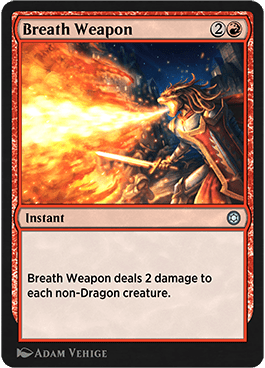
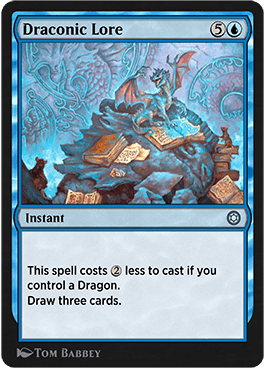
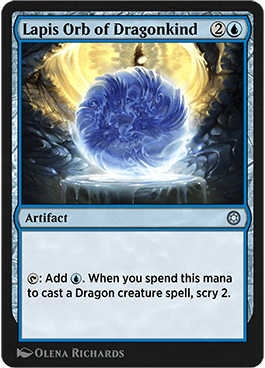
Tribal support: Dragon's Fire, Breath Weapon, Draconic Lore, Lapis Orb of Dragonkind.
Golgari Self-Mill
Battle for Baldur’s Gate signpost Kagha, Shadow Archdruid returns to once again helm the Golgari self-mill archetype. The basic gameplan here is to use self-mill with Kagha to get some extra value out of your graveyard.
Self-mill also helps set up reanimation cards like Summon Undead, so you want to pick up some quality fat if you can.
Key Cards
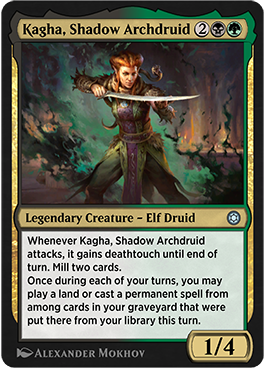
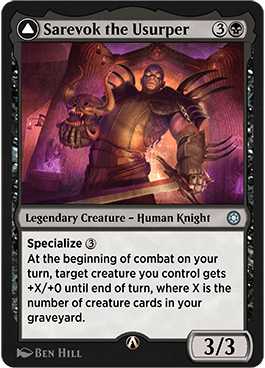
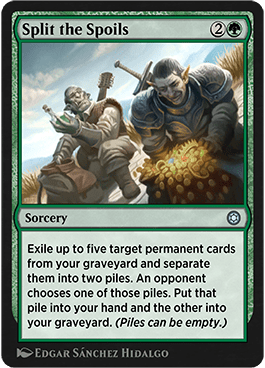
Graveyard Payoffs: Kagha, Shadow Archdruid, Sarevok the Usurper, Split the Spoils.

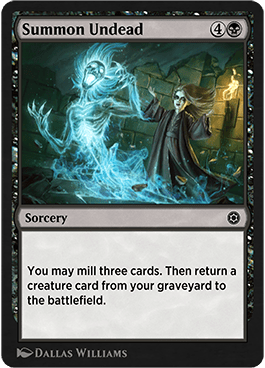

Reanimation: Altar of Bhaal, Summon Undead, Bonecaller Cleric.



Fatties to reanimate: Black Dragon, Hill Giant Herdgorger, Owlbear, bomb rares.
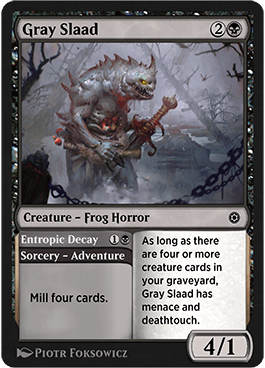
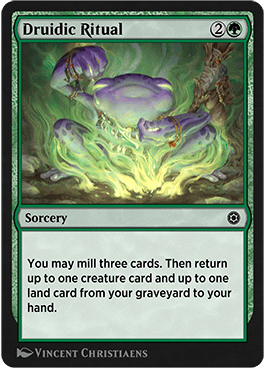

Self-mill: Gray Slaad (reads like “gray salad,” right?), Druidic Ritual, Circle of the Land Druid.
Boros Double Team
Boros is a dedicated aggro deck in a set where almost everyone else just seems to want to do nothing but ramp and durdle. This is definitely an intriguing place to be in a set with so much potential for greed.
Your gameplan in Boros is to come out of the gates fast with aggression, using cheap creatures and the double team mechanic to keep the pressure up. Combat tricks are strong here since you need to get past blockers to take full advantage of double team.
Oh, and your signpost uncommon, Liara of the Flaming Fist, is a top-notch threat that can take over games if unanswered.
Key Cards

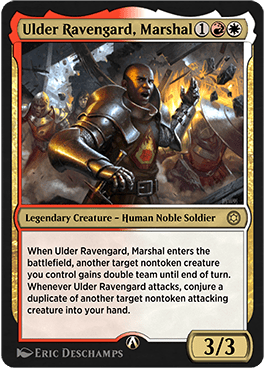

Payoffs: Liara of the Flaming Fist, Ulder Ravengard, Marshal, Unexpected Allies.

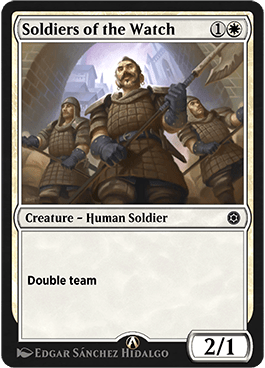

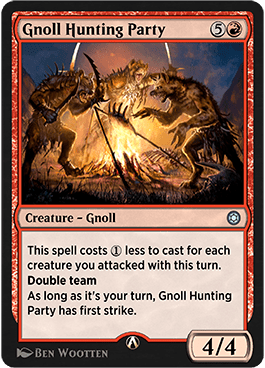
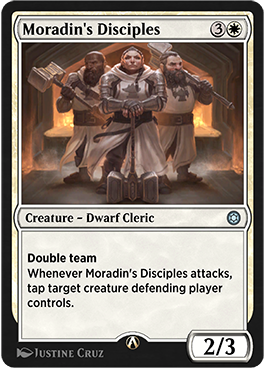
Double teamers: Genasi Rabble-Rouser, Soldiers of the Watch, Giant Fire Beetles, Gnoll Hunting Party, Moradin's Disciples.

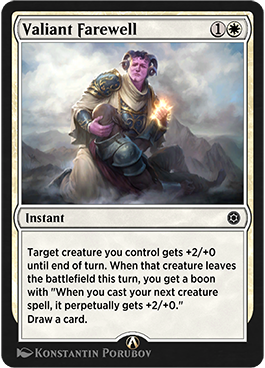
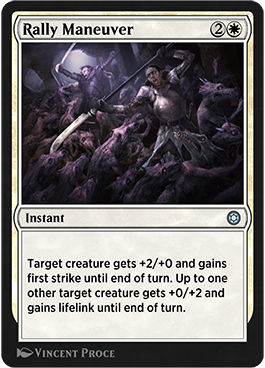
Good tricks: Blessed Hippogriff, Valiant Farewell, Rally Maneuver.
Simic Dragon Ramp
Simic is the least aggressive of the three dragon decks and the final repeat theme/signpost from Battle for Baldur’s Gate. Korlessa, Scale Singer is a great blocker that can potentially draw you several cards over the course of the game.
Your gameplan is to ramp into fat dragons and draw spells while having just enough removal to not die to whatever threats your opponent deploys. Splashing for good red dragons or premium removal spells should be common in Simic.
Key Cards



Mana ramp: Scaled Nurturer, Undercellar Myconid, Follow the Tracks.



Dragons: Dread Linnorm, Young Blue Dragon, Sword Coast Serpent.



Other fat: Owlbear, Hill Giant Herdgorger, Air-Cult Elemental.
Unofficial Archetypes
Temur Dragons
There are some solid incentives for 3-color dragons in this set. The single best one is Miirym, Sentinel Wyrm, a disgusting bomb rare that’s great on its own but absurd in a deck built around it.
The fair number of other dragon incentives means that splashing dragons in Izzet, Simic, or Gruul is fairly common too.
Bant Adventures
This is a soft archetype that basically only exists because of Gorion, Wise Mentor. Gorion is a very powerful card that heavily rewards you for playing a bunch of cards that just happen to be good anyways. I’d be happy to p1p1 it and prioritize cards like Young Blue Dragon, Dread Linnorm, and Sword Coast Serpent.
Just be careful with targeted adventures like Ettercap and Guardian Naga. While Gorion can be great upside with them, is also causes them to fizzle if you cast them with only one valid target because the copied adventure resolves before the original.
5-Color Good Stuff/Ramp
I’ve stressed this point quite a bit, but HBG is a bit of a durdler’s paradise. There’s just so much mana fixing available between Treasures, mana dorks, mana rocks, and Follow the Tracks.
A lot of the archetypes in this set are softer, offering you some synergy or ways to accrue value without anything too special. So it’s possible to approach HBG Draft with a bread-and-butter formula that looks like this:
Bombs > premium removal > card advantage > mana fixing/ramp > curve filler
You can basically ignore color requirements at first until you figure out which color is coughing up the most goods with this formula. You can do this knowing that you’re able to splash whatever cards you’ve picked so far as long as you’re willing to spend later picks on mana fixing. Green and red are two of the better base colors for this strategy since green has Follow the Tracks and Undercellar Myconid while red has Unexpected Windfall for maximum greed.
But this strategy can fail if too many players in the Draft are doing it because you really need some powerful bombs to justify all the durdling. It’s also possible to not get enough mana fixing if you’re too undisciplined in drafting it.
The best approach to 5-color greed piles is to mix them with archetype synergies based on what’s open, like Simic Dragons plus greedy splashes, Rakdos Treasures with sac fodder and splashes, etc. You can also just mostly ignore archetypes and play nothing but mana sources, removal, and bombs/card draw too. Try it out and see how it feels!
Broken Bomb Rares
There are of course a lot of other great rares in this set like Illithid Harvester, Wrathful Red Dragon, Horn of Valhalla, and Klement, Novice Acolyte, but the top 10 I’m going to cover here are among the best of the best. I’d still expect to P1P1 rares quite a bit in this set since there are few dud rares overall.
Some terrible rares that you should not play are Baldur's Gate, Belt of Giant Strength, Flames of Moradin, and Traverse the Outlands, but most of the other rares are passable at worst.
While not quite Crimson Vow, this Alchemy Horizons setis one of the bombier sets I’ve played recently. Here’s a list of cards that fit the bomb criteria I discussed above that I’d recommend against passing on.
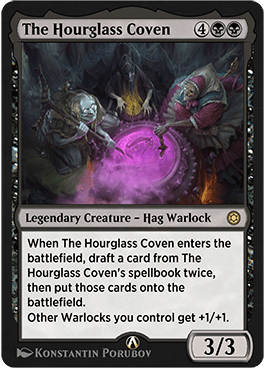
Was tempted to just type “lol” to describe The Hourglass Coven. It’s a lot of text that’s basically 7/7 of stats spread across three bodies with extra static abilities for some reason. You don’t have full control over the extra witches you get, but most of them are pretty useful. Broken!


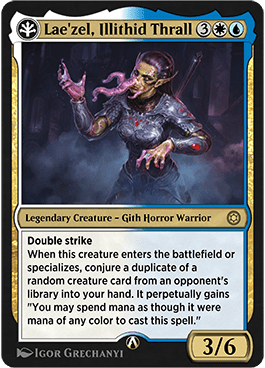
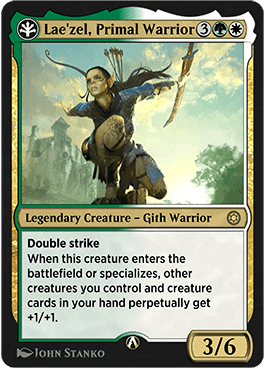

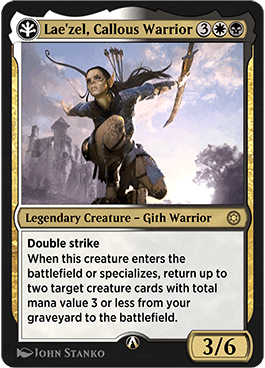
Lae'zel, Githyanki Warrior takes a lot of text to say, “your opponent has to spend two removal spells on this or it’s going to kill them.” The specialize is exceedingly cheap and makes Lae’zel a must-kill card that can’t effectively be killed. Broken!

The body on Prosper, Tome-Bound is way too good for such easy card advantage, so you get a premium blocker that your opponent has to kill or else it just buries them in card advantage. Note that the “play from exile” text works great with adventures.
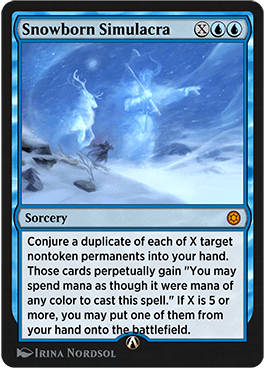
Snowborn Simulacra is one of the grossest mana dumps in the format. It won’t do much if cast on the cheap, but this is a potential draw five that copies the best thing in play once you get to seven-plus mana!

Lots of distinct modes on Chaos Balor, but the main draw is that they all come on a 5/5 flier for five. You can’t really go wrong with this, but the 2-damage mode for creatures is arguably the most useful.

Minsc & Boo, Timeless Heroes is a really powerful planeswalker, even when nerfed to five mana. It sort of plays like a 5-mana haste 4/4 the turn you play it, but then it threatens to fling Boo for four damage or four cards the next turn. Your opponent should be out of luck if you can protect this!

A 3-mana 1/1 may not be a good look, but the rest of the text on Thayan Evokers more than makes up for the poor initial statline. This exchanges one of your cards for a Lightning Bolt and then threatens to duplicate itself the next turn. The Bolt it creates makes attacking with a 3-mana 2/2 much easier than it would be otherwise.
Note that this picks up extra value with other conjure and double team cards (not that it needs it).

Arguably as good as Minsc & Boo, Tasha Unholy Archmage plays a bit differently but is still quite powerful. It protects itself well with its +1 and has a quick ultimate that should basically win the game on the spot. Tasha’s -2 is more situational but can be very powerful if your opponent has something big to target.
As per usual with planeswalkers in Limited, pick and splash this highly and protect it to win games!

Lukamina, Moon Druid does a decent Civic Wayfinder to start, but the real juice is of course in its mid-to-late game specialize ability. It has a variety of very powerful forms that come with built-in protection since it returns to the battlefield unspecialized instead of dying.

Oyaminartok, Polar Werebear’s name is a mouthful to say, but it’s an excellent creature. It has built-in protection for itself until it’s conjured at least one card, making it a top notch blocker that also brawls well. The only knock against it is that the cards in its spellbook vary quite a bit in quality, so you might get unlucky a couple times.
Wrap Up
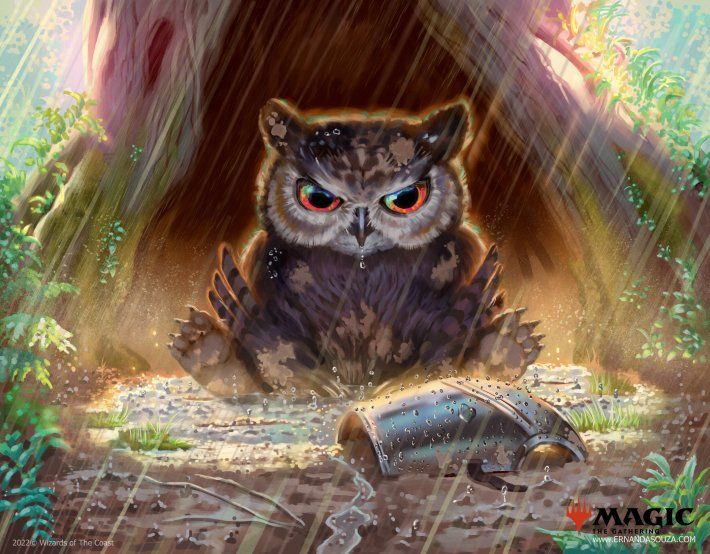
Owlbear Cub | Illustration by Ernanda Souza
Whew! We’re finally at the end of it. I hope you enjoyed reading all this and refer back to it frequently as you draft this new set. With this guide and a couple of Drafts under your belt, you should be more than prepared for the 2-day Sealed/Draft Open on July 30 to 31.
How has your Draft experience with Alchemy Horizons: Baldur’s Gate been so far? Are there any bombs you think I’ve missed, or anything I hailed as great that is just okay in your book? Let me know in the comments below or join the discussion in the Draftsim Discord.
Until next time, may your brain always remember what the hell your opponent’s specialized card does!
Follow Draftsim for awesome articles and set updates: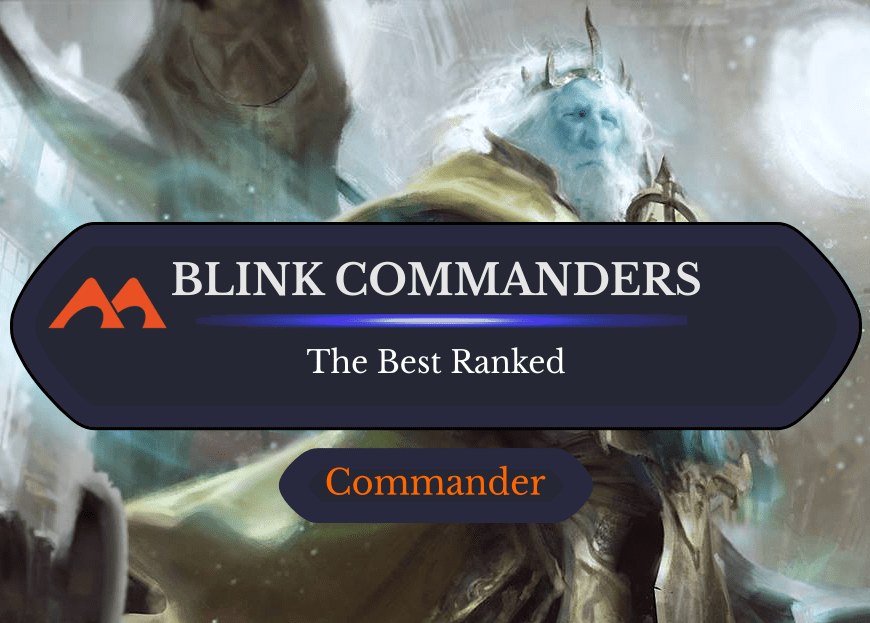
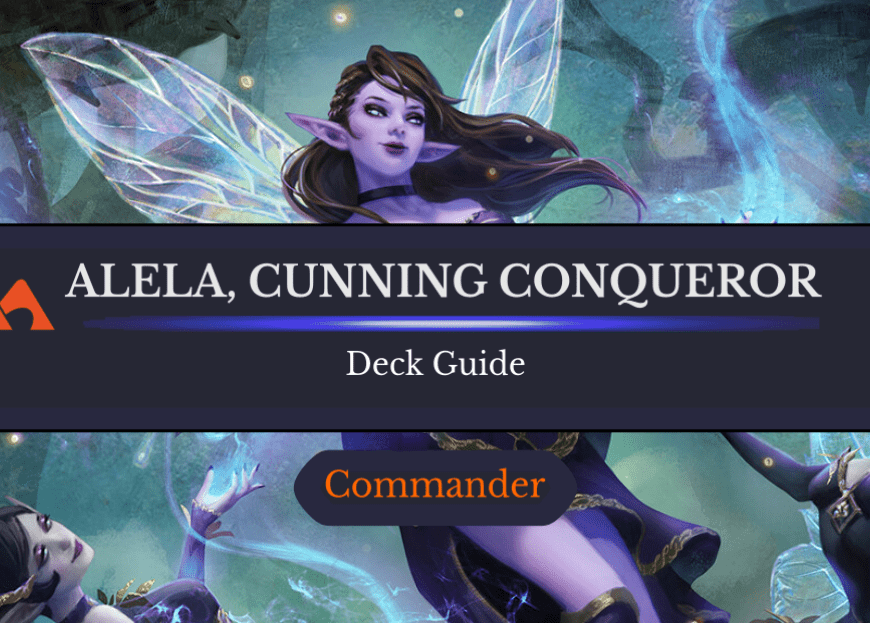
Add Comment